The wild Argentina Patagonia Coast
- bstclair579
- May 21
- 3 min read
Updated: May 24
From Torres del Paine in Chile, we headed on December 9th to the Patagonian Coast of Argentina. After spending the night near the coastal road, we made our first stop at the Parque Nacional Monte León. Monte León is a former sheep ranch, established in the early 20th century until it was aquired by Conservación Patagónica (founded by Kristine Tomkins whom we wrote about in an earlier blog post about Patagonia National Park in Chile) and transferred to a land trust to become a national park in 2004. The buildings of the sheep ranch are still there, serving as an interesting small museum.
The park is an excellent representative sample of the Patagonia steppe and coast of Argentina. It is home to large colonies of Magellanic penguins and three species of cormorants. The penguins nest under bushes, where we could find the parents sitting on of newly hatched chicks. Along the roads in the park are large herds of guanacos with young ones, and many of the ostrich-like birds, rheas. On the sandstone cliffs on the coast are colonies of sea lions. Also present in the park are pumas, which have returned to the park once sheep herders stopped shooting them to protect their sheep. The park is the only place in the world where pumas feed on penguins.
After spending the morning at the National Park, we headed north along the coast to the town and natural harbor of Puerto San Julián. Puerto San Julián is the place where Magellan spent the winter before sailing around the tip of South America in his circumnavigation of the world. It was here that Magellan headed off a mutiny, executing the mutineers and leaving one person behind on the shore to fend for themself. In the town is a reproduction of Magellan's ship. It was interesting to see how small the ship was and imagine what it was like to live aboard for so many years. Magellan's voyage was quite a feat. (An excellent account of the voyage may be found in the book Over the Edge of the World by Laurence Bergreen.)
Heading on along the coast, we spent a nice night on a long deserted beach, Playa Bonita (an approriate name).
Next morning, we took the long, straight road across the Patagonian steppes to Punta Tombo. Punta Tombo is the largest penguin colony on continental South America. It's a lot of penguins - about a million by one estimate that I read. It was fun watching the penguins come ashore and waddle up to their nests. Again, there were many young chicks in the nests. Also present at the nature reserve were many other birds as well as guanacos.
After visiting Punta Tombo, we headed to the large town of Puerto Madryn. The town serves as the jumping off point for tourists visiting the many natural attractions along the Patagonian coast, especially the Península Valdés. It is also where the Global Penguin Society is headquartered. Two researchers from the Society were present on our Antarctic cruise. We stopped to visit with them, but unfortunately they were out in the field.
We decided to camp at a point north of Puerto Madryn, Punta Ninfas. It had been raining along the coast and the drive out to the point turned out to be quite a challenge. The water in the dirt road was quite deep in places, and at times we would have to find our way around. It was definitely one of those few times that we needed four-wheel drive. We arrived well after dark.
Next morning I woke up early to the sound of barking seals and decided to go for a little hike while Sheri slept. I made my way down to the beach using a rope that had been hung from the cliff edge. Scrambling down the loose, steep slope, I found a colony of elephant seals lazing on the rocky beach.
We stopped at the old abandoned lighthouse on our way back to Puerto Madryn and on to Península Valdés. The peninsula is an important nature reserve and a UNESCO World Heritage Site. Along the coastline are sea lions, fur seals, and elephant seals. The bays on either side of the peninsula are important breeding grounds for southern right whales. The peninsula is also famous for a unique wildlife phenomena in which orcas beach themselves in order to prey on sea lions and elephant seals. It was, however, the wrong time of year for us to see any whales.
After visiting Península Valdés, we drove to a nice seaside town called Las Grutas. Our friend that lives in Bariloche, Leo Galo, has a summer home there. Unfortunately, he and his wife were busy and were not able to meet us, but he was very kind and let us stay at his place for the night on our way to Buenos Aires.


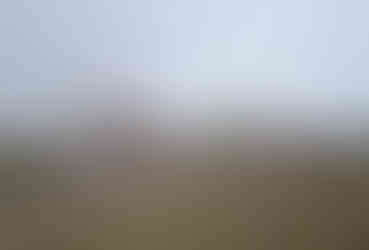








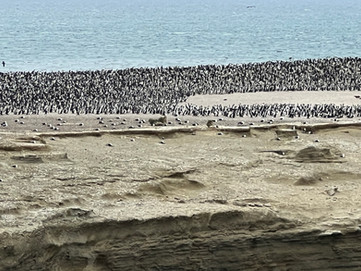



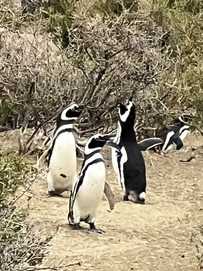





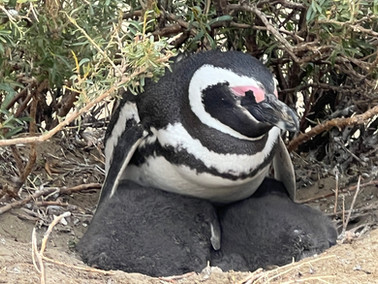








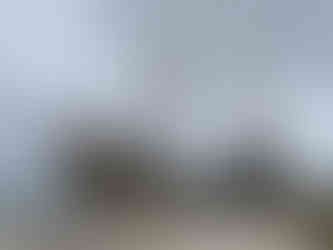


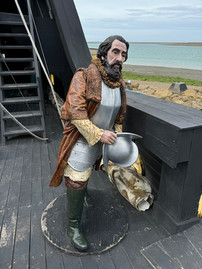













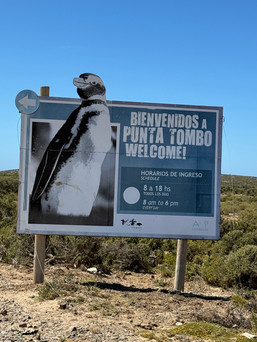

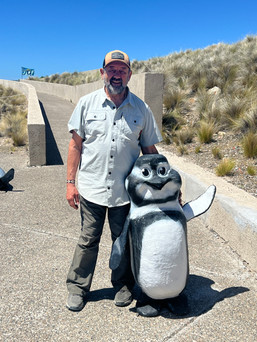








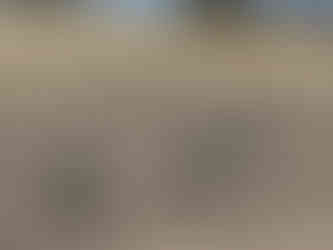












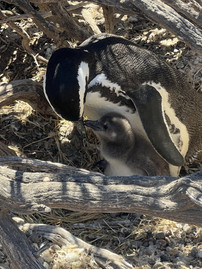


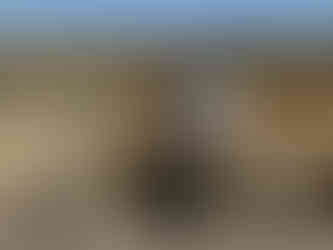


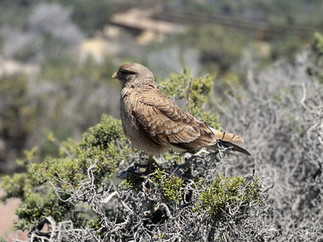



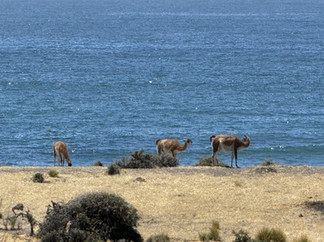


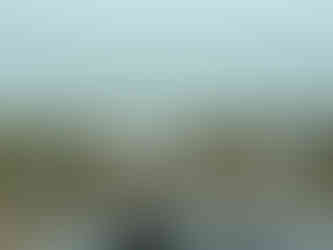






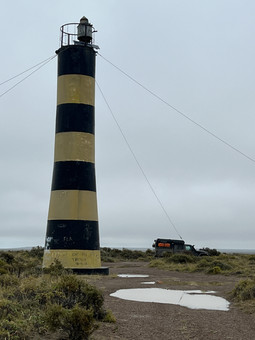

















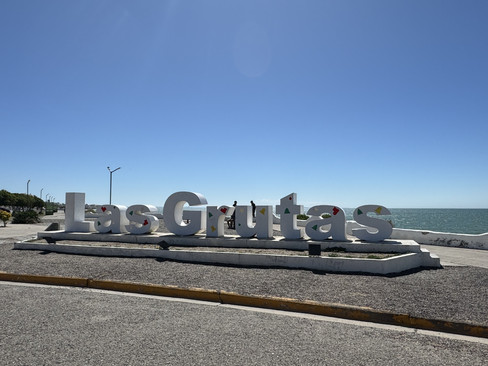




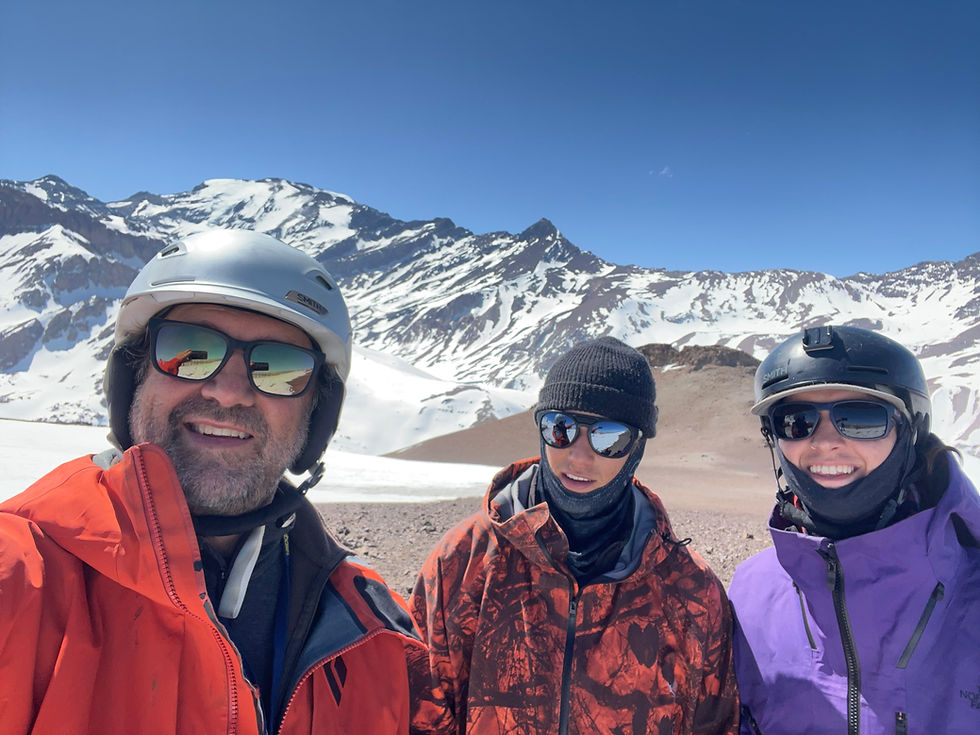
Comments